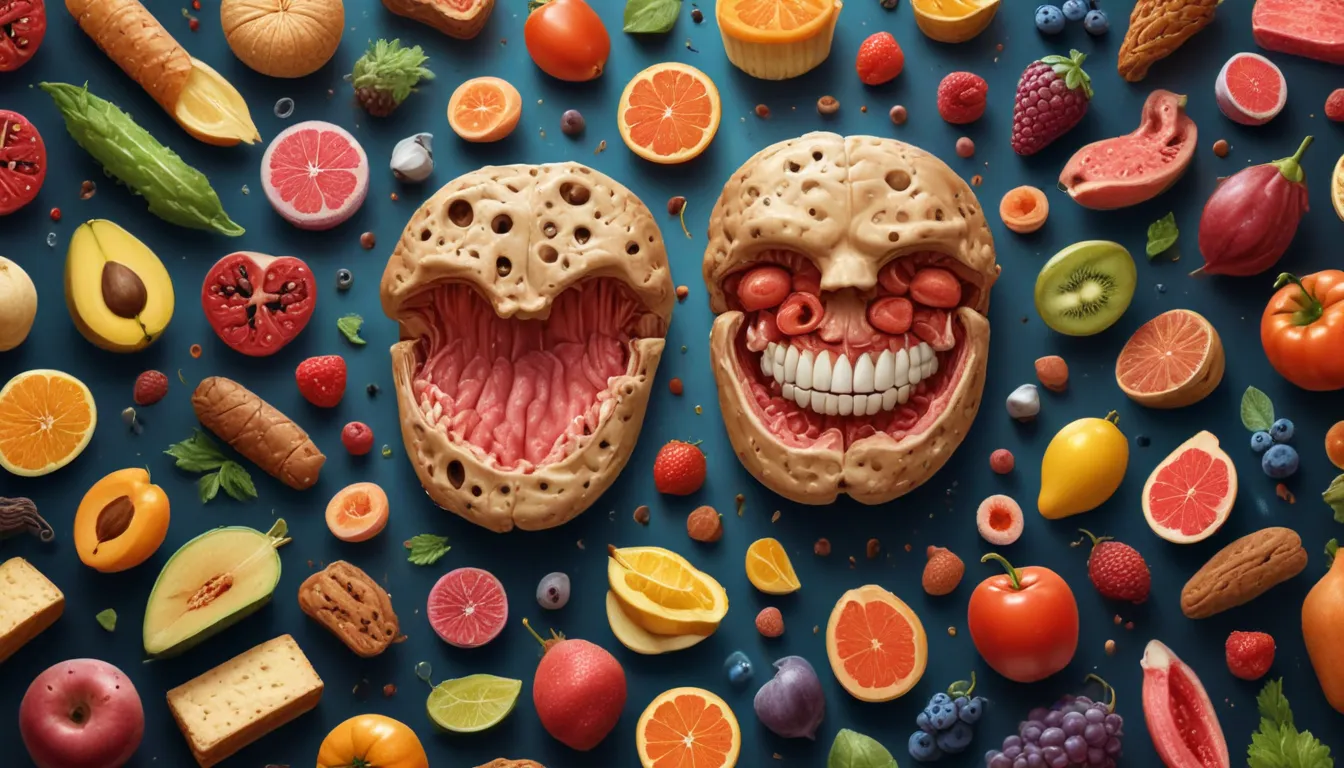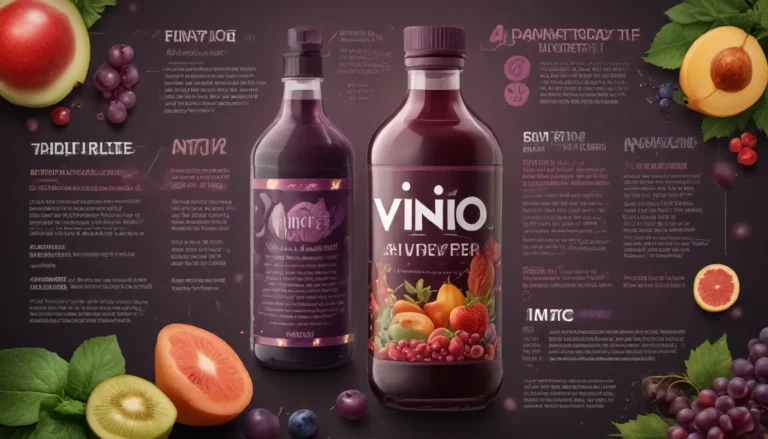The pictures in our articles might not always show exactly what the text is talking about. We use these images to make the article more interesting and eye-catching. They are there to add to the text, but not to replace it or show every detail.
Have you ever wondered how your favorite snacks achieve their mouthwatering flavors? Artificial flavors play a vital role in creating the delicious tastes we all love, but what exactly are they? These substances, crafted by scientists, aim to mimic natural flavors, offering a consistent and enduring taste experience. From the tanginess in your soda to the sweetness in candies, artificial flavors are omnipresent in the food industry. In this comprehensive guide, we will delve into 21 fascinating facts about these flavor enhancers. You will discover their origins, production methods, and their significant impact on modern food manufacturing. Prepare to be amazed by the intricate world of artificial flavors and how they elevate ordinary ingredients into culinary masterpieces.
A Closer Look at Artificial Flavors
Artificial flavors are synthetic substances designed to imitate the taste of natural ingredients. These flavors are meticulously created in laboratories by food scientists and chemists who analyze the chemical composition of natural foods and replicate their flavor profiles using various chemicals. Unlike natural flavors, which are derived directly from plants or animals, artificial flavors are synthesized from inorganic or other non-food sources.
The Science Behind Artificial Flavors
- Chemical Mimicry: Artificial flavors revolve around replicating the chemical compounds that give foods their distinct tastes. For instance, the sweet vanilla flavor in your ice cream may come from vanillin, a compound that can be extracted from vanilla beans or synthesized in a lab.
- Taste Bud Interaction: These synthesized compounds interact with our taste buds in a similar manner to natural flavors. When you consume foods containing artificial flavors, your taste buds send signals to your brain, interpreting these compounds as the intended flavor.
The Impact of Artificial Flavors in the Food Industry
- Cost-Effectiveness: One of the primary reasons for the prevalent use of artificial flavors is their cost-effectiveness. Producing flavors in a lab is often more economical than extracting and processing natural flavors.
- Consistency: Artificial flavors offer a consistent flavor profile, crucial for food manufacturers who require their products to taste the same across all batches.
- Durability: These flavors are typically more stable than their natural counterparts, able to withstand high temperatures during cooking and extended shelf lives without losing their potency.
Debunking Common Myths about Artificial Flavors
- Safety Concerns: Contrary to popular belief, artificial flavors undergo rigorous safety testing. Regulatory bodies such as the FDA ensure that all artificial flavors used in food products are safe for consumption.
- Artificial ≠ Unhealthy: Not all artificial flavors are detrimental to health. The term "artificial" simply denotes that the flavor was created in a lab, not that it is inherently harmful.
Surprising Sources of Artificial Flavors
- Fruity Cereals: Many fruity cereals derive their vibrant flavors from meticulously crafted artificial additives, not actual fruit.
- Soft Drinks: The unique tastes of popular soft drinks often originate from closely guarded secret artificial flavor formulations.
- Candy: From gummy bears to hard candies, artificial flavors are responsible for the diverse array of tastes we enjoy.
Looking Towards the Future of Artificial Flavors
- Innovation in Flavor Creation: Advancements in science and technology continue to broaden the horizons for new and improved artificial flavors.
- Sustainability: Artificial flavors may aid in reducing the food industry's environmental impact by lessening the need for natural resources.
- Health-Focused Flavors: Researchers are exploring ways to develop artificial flavors that mimic the taste of sugar or fat without the associated calories, potentially benefiting public health.
Cultural Variances and Regulatory Frameworks for Artificial Flavors
- Cultural Preferences: The types of artificial flavors favored in one country may starkly differ from those in another, reflecting diverse cultural tastes and culinary traditions.
- Regulatory Differences: Not all artificial flavors approved for use in one country are permitted in others, resulting in variations in available food products across different markets.
Ethical Considerations Surrounding Artificial Flavors
- Transparency: There is a growing demand for transparency regarding the use of artificial flavors, with consumers seeking to understand what goes into their food and how it is created.
- Natural vs. Artificial Debate: Discussions on natural versus artificial flavors often revolve around perceptions of health and sustainability, with some advocating for a return to all-natural ingredients.
Diverse Applications of Artificial Flavors
- Medicine: Artificial flavors are utilized in medicines to enhance palatability, a critical factor in medications designed for children.
- Non-Food Products: Surprisingly, artificial flavors find their way into non-food items such as toothpaste and lip balm, improving taste without adding unnecessary calories.
Exploring the World of Artificial Flavors: A Final Note
As we unravel the captivating realm of artificial flavors, we uncover their mysteries, advantages, and controversies. Crafted by skilled scientists, these flavors bring us the delightful tastes we cherish without constraints like price fluctuations or seasonal availability. Nevertheless, concerns regarding health implications and environmental consequences remind us to consume these flavors judiciously. By staying informed, we empower ourselves to make mindful choices aligned with our health objectives and ethical values. Whether you're enjoying a strawberry-flavored indulgence or savoring the aroma of vanilla in your morning latte, remember the intricate blend of science and artistry behind those flavors. Let's embrace this knowledge, guiding us to make informed decisions regarding foods that not only tantalize our taste buds but also nourish our bodies.
Meticulousness in Content Development
Our unwavering commitment to delivering dependable and captivating content is the cornerstone of our work. Each fact presented on our platform is contributed by individuals like you, enriching our repository with a myriad of insights and information. Our dedicated editors meticulously review each submission to uphold the highest standards of accuracy and reliability, ensuring that the facts shared are not only engaging but also credible. Trust in our dedication to quality and authenticity as you embark on a journey of exploration and learning with us.
Discover more fascinating insights, share your knowledge, and enrich the collective wisdom we strive to cultivate together.






